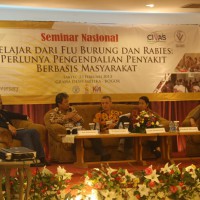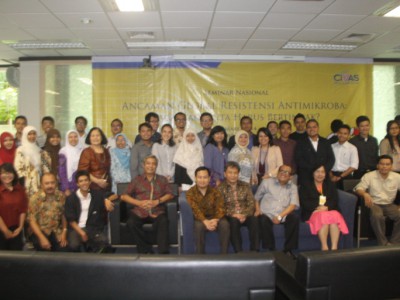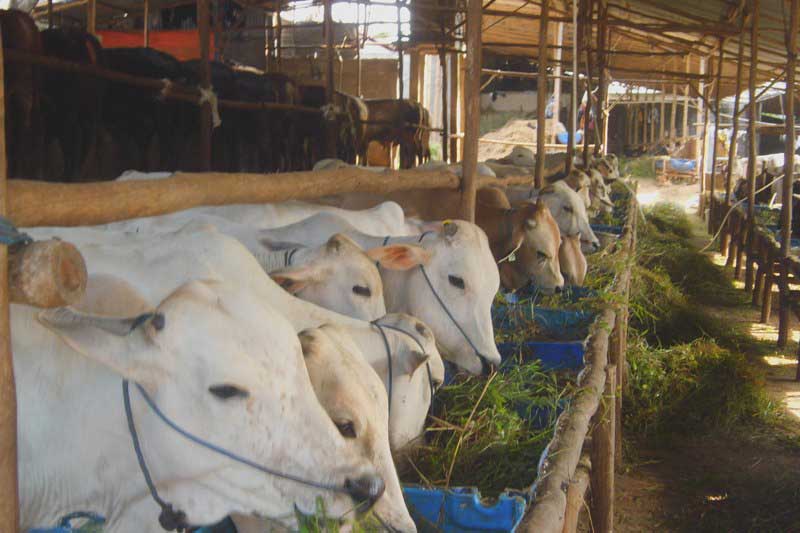CIVAS Statment on Influenza A (H1N1)
Monday, 4 May 2009
Since mid April 2009, the world has been shocked by the outbreak of influenza H1N1 in humans. In the beginning, this disease was called Swine Influenza because it is genetically closer to swine influenza viruses than human influenza viruses. But the term Swine Influenza was considered inappropriate because according to the World Animal Health Organization (OIE) the virus that is currently causing the outbreak, influenza A (H1N1), is purely transmitted from human to human and there is no evidence so far that it is present in swine or that humans are contracting the disease from swine (OIE 2009). Therefore, it is now referred to as influenza A (H1N1).
Cases of Influenza A H1N1 first started in Mexico, but just in a span of 2 weeks time this disease has spread to other countries in the world. As of May 3, 2009, 18 countries have officially reported 898 cases of influenza A(H1N1) infection to the World Health Organization (WHO). The following countries have reported laboratory confirmed cases – Mexico (506), United States of America (226), Austria (1), Canada (85), China, Hong Kong Special Administrative Region (1), Costa Rica (1), Denmark (1), France (2), Germany (8), Ireland (1), Israel (3), Italy (1), Netherlands (1), New Zealand (4), Republic of Korea (1), Spain (40), Switzerland (1) and the United Kingdom (15) (WHO 2009).
Swine influenza itself is a disease that affects pigs and is commonly caused by influenza A viruses. Occasionally this disease could also be caused by influenza C viruses, but the incidence is rare. Currently known subtypes of swine influenza are H1N1, H1N2, H3N1, H3N2, and H2N3. Swine influenza transmission to human is rare and commonly occurs in people who have daily contact with swine, for example pig farmers. And even though swine influenza could be transmit to humans, but transmission from an infected human to another is very rare. Symptoms in swine are fever, depression, coughing, discharge from the nose or eye, sneezing, respiratory disorder, redness in eye, and loss of appetite.
Swine influenza distribution in the world includes the United States of America, Mexico, Canada, South America, Europe (England, Sweden, and Italy), Kenya, China, Japan, Taiwan, and several regions in eastern Asia. Indonesia so far has never found any case of swine influenza.
In response to the Influenza A H1N1 outbreak and to prevent the introduction of swine influenza into Indonesia, CIVAS recommends:
- The government (veterinary authority)
- To increase monitoring on the importation of live pigs from other countries;
- To initiate a National Surveillance Program for swine influenza;
- Veterinarians and pig farmers
- To increase awareness of swine influenza like disease symptoms such as fever, depression, coughing, discharge from the nose or eye, sneezing, respiratory disorder, redness in eye, and loss of appetite;
- To increase farm biosecurity through disinfecting practices and monitoring the traffic of animals, human, and equipment;
- To protect themselves by wearing personal protective equipments such as masks, gloves, and boots, and always wash their hands with soap and water before and after handling animals;
- To report to the government (veterinary authority) if they find any swine influenza like symptoms;
- The general public
- To cook pork and pork products at a minimum temperature of 70oC;
- To not be afraid of consuming pork and pork products because Influenza A H1N1 is not a foodborne disease.











